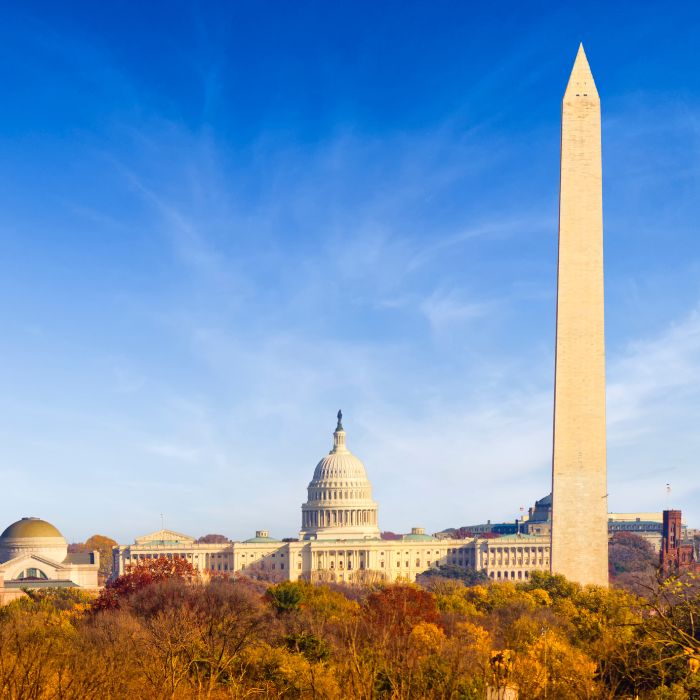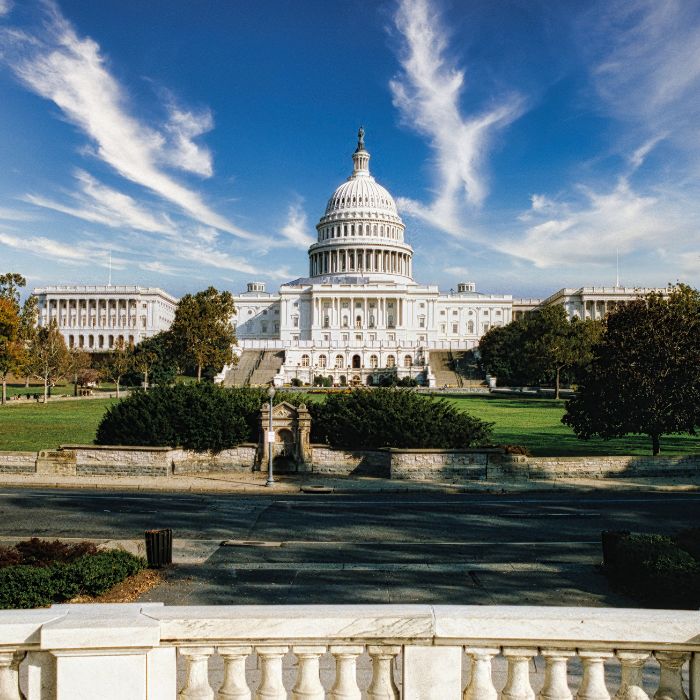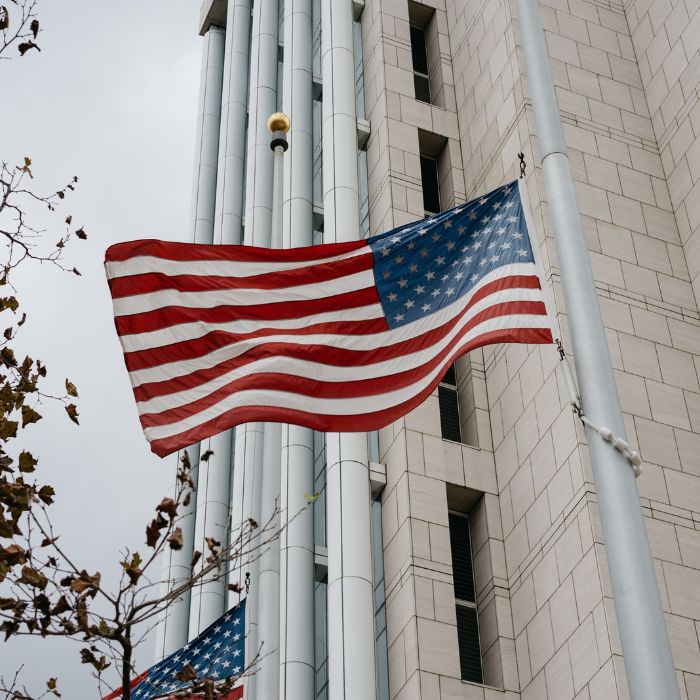Federal Immigration Agencies Release Fall 2020 Regulatory Agendas
December 11, 2020
At a Glance
- In the last weeks of the Trump Administration, federal agencies continue to move ahead with the administration’s immigration priorities, including rules that would restrict the H-1B program and increase prevailing wages across the H-1B, H-1B1, E-3 and PERM labor certification programs
- The agencies may be able to finalize some rules already in motion before a change in presidential administration on January 20, but execution of the full agenda is unlikely.
- The agenda reflects agency priorities of the Trump Administration, some of which could change when the Biden Administration takes office next month.
The issue
The Departments of Homeland Security, Labor and State have announced their Fall 2020 regulatory agendas, which reveal each agency’s rulemaking priorities for the final six weeks of the Trump Administration. The released agendas suggest that federal agencies plan to try to finalize and implement a number of President Trump’s longstanding immigration priorities before the Biden Administration is installed on January 20, 2021, though it is not clear whether they will be able to do so.
The following summarizes key employment-based items on the agencies’ immigration agendas. The details of proposed and final regulations are confidential until released for publication. Agencies routinely bypass regulation publication target dates and the Trump Administration has less than two months to finalize the rules slated for publication.
Tightening of the H-1B program and increase in prevailing wages
The Trump Administration is continuing to pursue three existing rules that would significantly impact the H-1B program. The Department of Homeland Security (DHS) plans to finalize a rule that would replace its random, computerized H-1B lottery with a system that allocates H-1B visa numbers according to the Department of Labor's four-level wage system. This rule, which was proposed in November and underwent the standard notice and comment process, is now slated for publication in January 2021.
In spite of legal challenges, DHS will also continue to move forward with its rule revising the definition of an H-1B specialty occupation to “increase focus on obtaining the best and brightest foreign nationals.” On October 8, 2020, the H-1B rule was published as an interim final rule, set to take effect before any consideration of public comments on December 7. A federal district court set aside the rule as unlawful before it took effect, on the basis that the agency did not have good cause to bypass notice and comment. DHS is likely to seek to remedy this defect by considering the public comments received after October 8 and then issuing the rule as final in the coming weeks. If finalized, administrative rules may require a delayed effective date.
The Department of Labor’s (DOL) prevailing wage interim final rule also appears on the regulatory agenda despite being set aside by a federal district court. This rule took effect immediately upon publication in the Federal Register on October 8, significantly increasing prevailing wages in the H-1B, H-1B1, E-3 and PERM labor certification programs without public opportunity for comment. Like its companion DHS H-1B rule, implementation has been halted, but DOL appears to be taking steps to publish the rule as final in the coming weeks. A delayed effective date or further litigation developments could impact whether the rule is in effect at the time the Biden Administration is installed on January 20, 2021.
Termination of H-4 employment authorization
A long-deferred plan to rescind a program that permits certain H-4 spouses to apply for employment authorization is now scheduled to be published as a proposed regulation in December 2020, delayed most recently from September. The details of the proposed rule – including whether currently valid H-4 EADs would remain valid until their expiration – are not yet known. The proposal would not take effect unless finalized, which is not expected in the Biden Administration.
Limits and restrictions on foreign student periods of stay
A final rule by Immigration and Customs Enforcement (ICE) to modify the period of authorized stay for certain F-1 and other nonimmigrants from duration of status (D/S) to a specified end date, is scheduled for publication in December 2020, delayed from July. It is unclear, however, whether the targeted publication date is attainable given that the proposal received a significant amount of public feedback, and that the agency must give due consideration and respond to that feedback prior to issuing a final rule.
Currently, foreign nationals with a D/S period of authorized stay are permitted to remain in the United States until the end of their authorized activity (plus any applicable grace period), whichever date that may be.
Limits and new requirements for business visitors
B visitor criteria and period of stay: The State Department is continuing its plans to revise rules affecting the business visitor category with two separate regulations. In December 2020, the agency plans to issue a proposal that would revise general B-1/B-2 policy, potentially by restricting permissible activities.
Another State Department rule that would eliminate the use of B-1 in lieu of the H-1B and H-3 (BILOH) classifications is further along in the regulatory process. The BILOH proposed rule was published and released for public comment in October 2020. However, the final version is not projected for publication until June 2021. It is unclear whether the Biden Administration would support the finalization of this rule.
Alongside the State Department proposals, DHS will propose more rigorous implementation of the B-1/B-2 business or tourist visitor visa classification. A proposed regulation was slated for June 2020 but is now projected for December 2020. It is expected to modify the period of B visitor admissions.
ESTA for Visa Waiver land travel: DHS intends to implement ESTA for use of the Visa Waiver Program over land borders through an interim final rule scheduled for December 2020. As an interim final rule, the change would take effect immediately or near immediately upon publication, before consideration of public comments. ESTA is currently only implemented for travel and entry to the United States by air or at sea ports.
Biometrics requirements
Proposals relating to the collection of biometrics also remain on the DHS agenda. A USCIS proposal that seeks to broadly expand the collection and use of biometrics in the administration of immigration laws was published in early September. The rule would subject foreign nationals to periodic biometrics collection and continuous vetting after they enter the United State, eliminate age limits on collection of biometrics, and subject immigration sponsors and their authorized signatories – including U.S. citizens – to biometrics collection. The projected publication date for the final rule is December 2020.
A Customs and Border Protection (CBP) proposed rule expanding the use of biometrics in the U.S. entry and exit process is nearing the end of a public comment period on December 21. CBP does not provide an estimated date for publication of a final rule.
Green card processing
DHS is also planning to amend its regulations governing the affidavit of support requirements applicable to mostly family-based green card applications. The DHS proposal was published in early October and a final rule is projected for publication in December 2020. The rule as proposed would require U.S. citizens, nationals and lawful permanent residents who sponsor an immigrant to provide heightened financial information, including credit reports and credit scores, and bank account information among other new requirements.
In addition, a DHS proposal to change the way adjustment of status applications are processed has moved from the long-term agenda back on to the main agenda, but is not scheduled for release until September 2021. The proposal seeks to discontinue the concurrent filing of adjustment of status applications with Form I-140 employment-based immigrant visa petitions and other preference petitions. If finalized and implemented, this could delay the filing of applications for adjustment-based employment authorization and advance parole documents.
Deferral of anticipated L-1, EB-5 and F-1/M-1 practical training rules
DHS has moved some items from its Spring 2020 main regulatory agenda to the Fall 2020 “long-term action” list. This indicates that these proposed rules have been temporarily de-prioritized by the agency. It is unclear whether the Biden Administration will support these long term plans.
- L-1 program changes: This proposal would redefine L-1B specialized knowledge, as well as L-1 employment and employer-employee relationships. It would also likely further restrict offsite placement of L-1 employees.
- EB-5 program changes: Two DHS proposals would change the way EB-5 Regional Centers are designated and increase monitoring and oversight of the EB-5 program.
- Practical training reform: This ICE proposal would revise practical training rules for F and M foreign students and potentially seek restrictions on 12-month optional practical training (OPT), STEM OPT extensions, and curricular practical training (CBP). This proposal was originally slated for publication in December 2020.
What’s ahead: the regulatory timeline and impact on current immigration programs
The regulatory agenda is an indication of the Trump Administration’s agency priorities in the coming weeks with respect to restriction of the H-1B, H-4 EAD and foreign student programs, among others.
If the Administration follows standard rulemaking procedures, regulations would first be published in proposal form, with a 30- to 60-day public feedback period. Such rules could only be implemented after the Administration gives meaningful consideration to the feedback it receives and then clears a review by the Office of Management and Budget. The normal rulemaking process takes at least several months. Interim final rules may be implemented in an expedited manner, but are often subject to legal challenges for bypassing notice and comment before taking effect. Agency rules that are not yet in effect on January 20 could be postponed by the new Biden Administration, depending on the stage in the regulatory process.
Fragomen is closely monitoring the progress of anticipated regulations. If your organization wishes to advocate in connection with a regulation, please contact your designated Fragomen professional or the firm’s Government Strategies and Compliance Group.
This alert is for informational purposes only. If you have any questions, please contact the immigration professional with whom you work at Fragomen.














